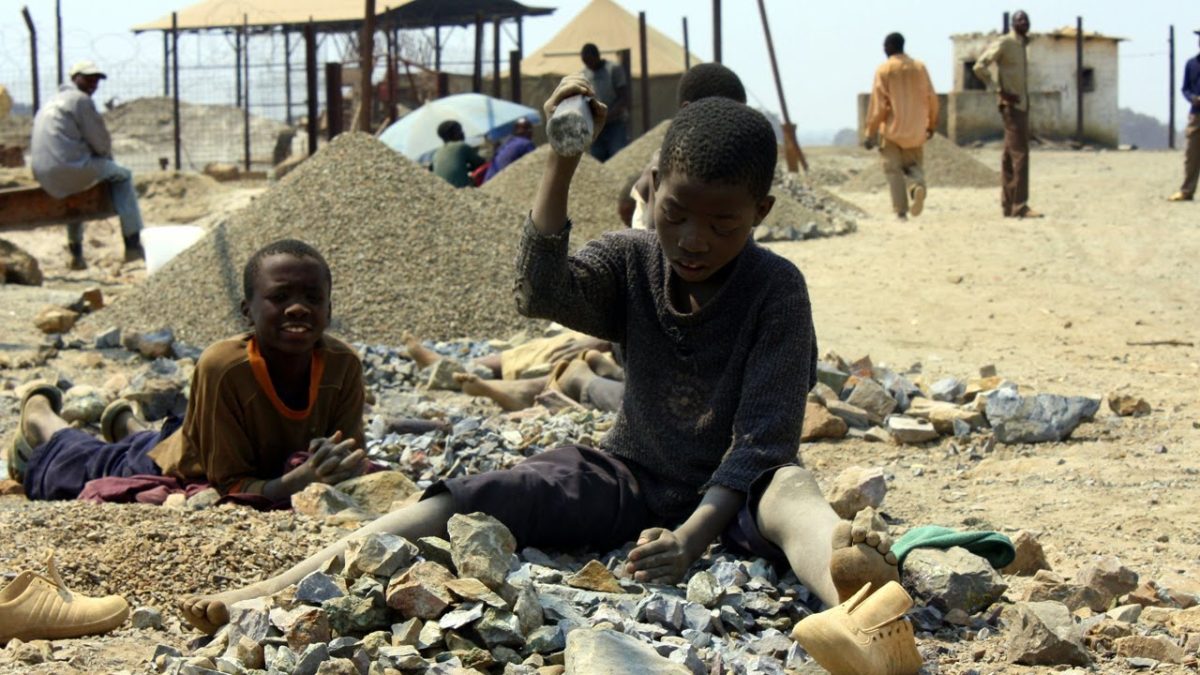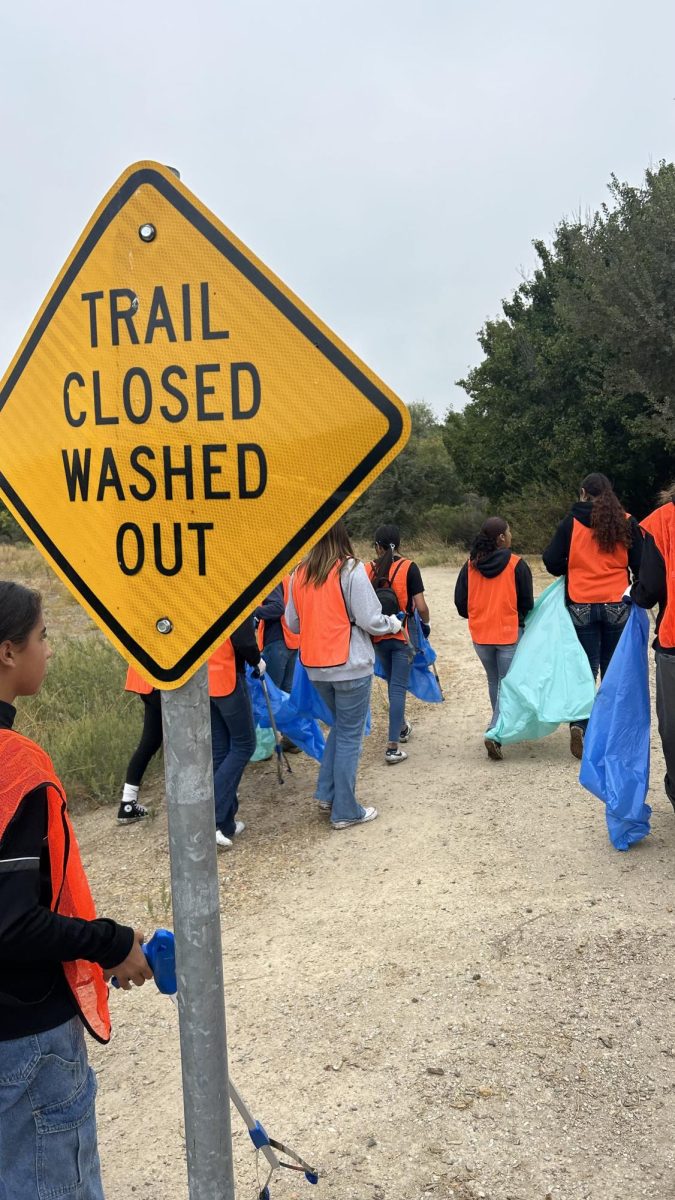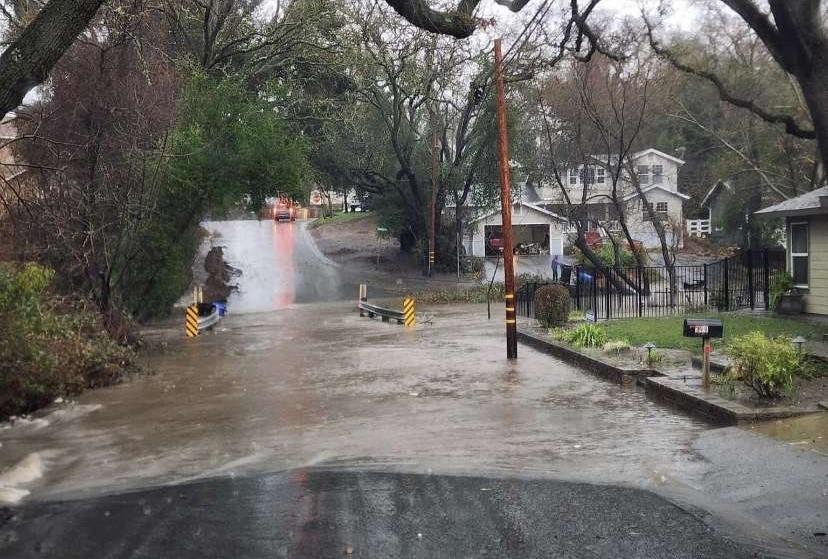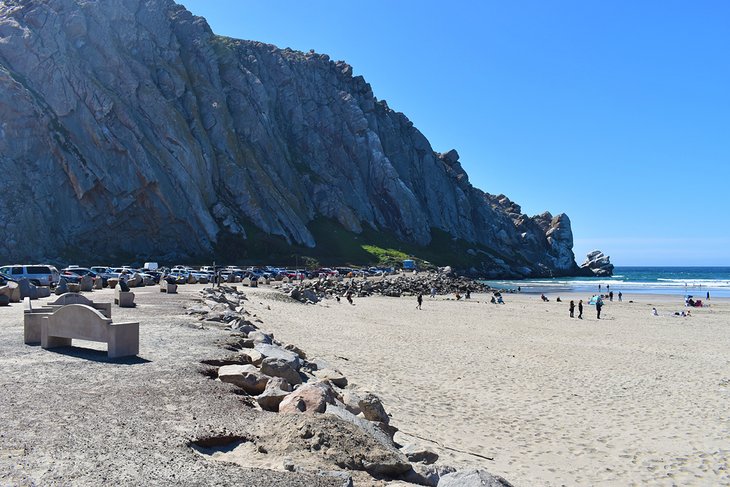The rapid disappearance of bees negatively affects the environment

Bees don’t have knees, but they do have needs. These bugs rely on plants to make honey and keep nature balanced. Bees are a critical factor to our environment and without them we may lose the plants that bees pollinate, and all of the animals that eat those plants and so on.
“They affect the environment because the plants rely on pollinators to propagate them and we rely on the pollinators for a big portion of the food supply. They say like one third but it could even be more,” said local bee keeper Anna Rempel, who keeps four bee hives. It is absolutely crucial we do something right away to fix the problem before the bees die off and disappear.
Bees pollinate everything from almonds to avocados to the alfalfa used to feed dairy cows. Without bees, there would be no food for the animals who eat the plants, and then no food for us because the majority of plants and animals would be gone. As far as important species go, bees are top of the list and are known as keystone species which are species on which other species in an ecosystem largely depend on. They are essential pollinators and bees pollinate 70 out of about 100 crop species that feed 90 percent of the world. Honey bees are liable for $30 billion crops in one year, according to BBC Future.
The bee population is disappearing quickly and is affecting the environment tremendously, “We are losing bees at an alarming rate. Possible reasons include the loss of flower meadows, the crab-like varroa mite that feasts on their blood, climate change, and use of pesticides,” according to BBC Future.
“Our lives depend on pollinators because most of the planet now is flower based and most plants produce flowers. This is an amazing evolutionary step when the flowers showed up and then the pollinators co-evolved with it and so most of our food supply is based on pollination. Not just the honey bees are in difficulties, all the pollinators are like the butterflies and all the native bees,” Rempel said.
Scientists found several reasons why the bee population has dropped, including habitat loss, global warming, parasites and a class of bee-killing insecticides known as neonics. When farmers treat their seeds with neonics, the chemicals merge their way into the pollen and nectar of the plants. The farmers don’t intend on harming the honey bees because they are trying to kill the parasites but the bees also consume the toxins. This is bad news for other pollinators and us as well because according to Environment California neonics are about 6,000 times more toxic to bees than DDT, which is a toxic poison used to repel insects from crops. On the other hand, we are also responsible for the population drop because of our huge industrial productions. Farmers have thousands of acres of the same crop, which has no diversity and is affecting the pollinators.
“We humans are responsible for what’s going on because of our mindset. We are in an exploitive mind set. We try to maximize everything and raise living things in a factory model and industrial model and so we have farms and thousands of acres of one crop, which is not how the natural world operates. In fact, natural ecosystems are very diverse, so we have just created these deserts,” Rempel said.
This lack of diversity is not giving the pollinators options to gather from and is greatly affecting the population.
“So this mindset of ours that exploits and maximizes; and the maximum production and we don’t think about how that fits into the whole picture, the whole web of life,” said Rempel.
For the past 10 years, beekeepers in the United States have been reporting hive losses of 30 percent or higher, which is a significant amount of bees. However, this winter, according to Elizabeth Grossman, who is a health author who has written Chasing Molecules: Poisonous Products and Human Health, said “Declining bee populations pose a threat to global agriculture,” and many beekeepers experienced losses of 40 to 50 percent or more. The commercial bee operations prepared to move their hives to fertilize the California’s almond trees, which is this country’s largest pollinator event.
Across 800,000 acres, “California’s almond orchards typically require 1.6 million domesticated bee colonies to pollinate the flowering trees and produce what has become the state’s largest overseas agricultural export,” Grossman said. But because of the extensive bee loss to “colony collapse disorder,” this winter, almond growers were able to pollinate their crop only through an extreme, nationwide push to gather together the needed number of substantial healthy bee colonies.
To prevent any of this from happening, the agricultural industries need to agree on not treating their crops with poison that is harming the bees and the environment. Some ways to help the bees repopulate and pollinate more is to plant bee-friendly plants such as colorful flowers, fruit trees, carrots, strawberries, and watermelon. Bees prefer flowers that are blue, purple, or yellow like tulips and any other colorful flower that would attract them. They are easy to grow and all that needs to be done is to scatter a variety through the yard, ensuring a good supply of pollen through the warm months which will give bees the opportunity to repopulate.
Millions of bees are dying off, with shocking consequences for our environment and our food supply. What if the bee population just disappeared? It’s simple: No bees, no food.
“If the bee disappeared off the surface of the globe, then man would only have four years of life left. No more bees, no more pollination, no more plants, no more animals, no more man,” world renowned scientist Albert Einstein said. If the pollinators continue to disappear, the world as we know it would disappear as well.












